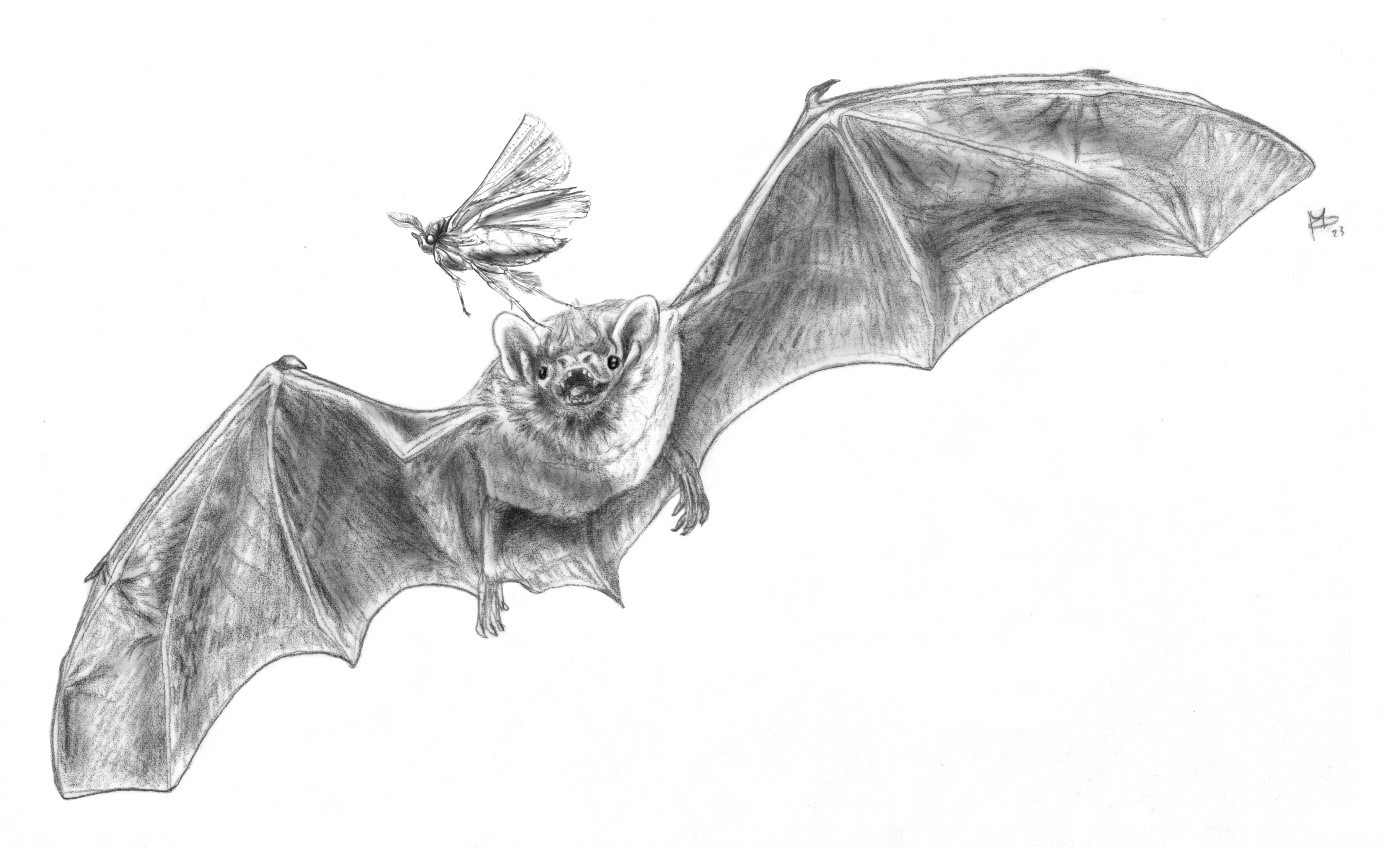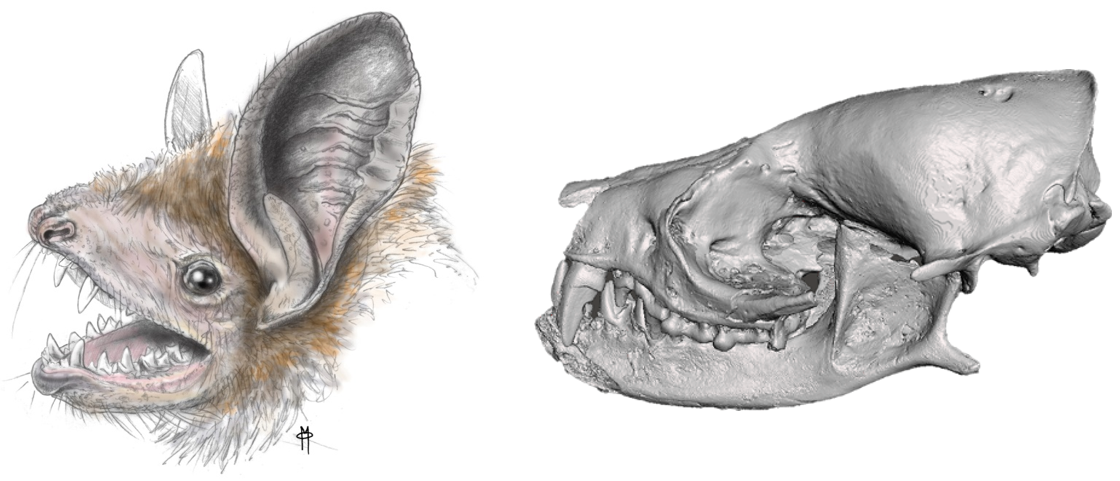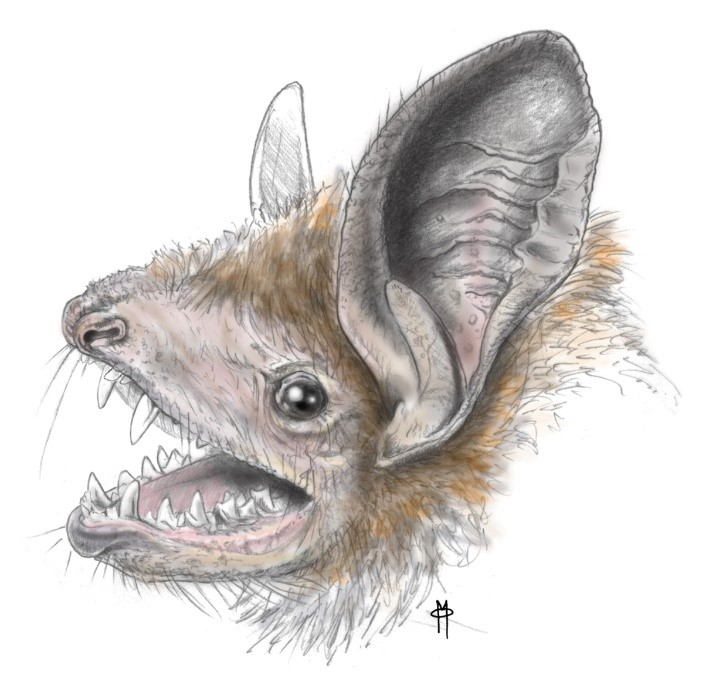Bats are one of the most diverse orders of mammals, making up one-fifth of all mammals alive today (>1460 species). They are the only ones that use active flight (wing flapping) and most species use echolocation to orient themselves in the dark and find food, with the exception of a family of Old World leg-eating bats (Pteriopods, or Megabates). However, there is still a lively debate about the history and how these two extreme specializations emerged. While even the oldest fossil forms were likely capable of active flight, there are two main competing hypotheses regarding the acquisition of laryngeal echolocation: 1) an independent appearance in two of the three major groups of present-day bats, or 2) a sole ancestral appearance of present-day bats . The common ancestor of modern bats is followed by a loss that characterizes the family pteropodidae. A combination of morphological, genomic, anatomical, evolutionary, physiological and behavioral data has been used to support the two alternatives. The key to understanding their evolutionary history lies in the fossil record of bats, but it is nonetheless one of the poorest orders of mammals, with about 80% of the estimated record missing.
This work describes the remains of a new species of fossil bat, Velasia Sigiextracted from karst deposits dating back 50 million years, comes from Quercy phosphorites (Occitanie, France). Velasia Sigi It was a relatively small (about 19 g) bat that ate insects and could fly in a maneuverable manner. New evolutionary analyzes place this new species in the sister group of all modern bats. Among the remains is a complete, undistorted skull, the oldest known to date, and its description greatly expands the experimental data available to elucidate the evolutionary history of bat echolocation. The results indicate that all traits are echolocation-related and measurable Velasia Sigi It falls within the range observed in modern bats capable of laryngeal echolocation. Our calculations indicate that this species was capable of echolocation through multiple harmonic calls, with an estimated vocal frequency range of 30–56 kHz. All data and results obtained in this work support hypothesis 2) according to which the common ancestor of modern bats was capable of advanced echolocation, which would then have been lost in pteropods; Alternatively, if advanced echolocation evolved independently multiple times in bats, it would also have been acquired at least once outside the coronary group.
Bats first appear in the fossil record immediately after the Paleocene thermal maximum.Eocene (PETM; – 55.93 mA). So far, typesEocene Fewer have been found in river lakes or ancient estuarine sediments, suggesting that they lived roosting in trees in subtropical forests in the Eocene. Velasia Sigi It is the oldest bat ever found at the cave site, and its discovery shows that some bats had already settled in caves in the Lower Eocene. The move to significantly cooler and less stable conditions during this period may have been an important evolutionary driver that led some bats to congregate in caves. This would have provided them with a thermally stable environment and protection from predators, in addition to increasing mating opportunities and better transferring social information between individuals.



“Hardcore beer fanatic. Falls down a lot. Professional coffee fan. Music ninja.”






More Stories
SALES / PHOTO SALES – Nikon D850 “5 Star” Bare Body Photo Body at €2,539.00
Discovering a new turning point under the Antarctic ice sheet! What are the consequences?
Record number for an insect!